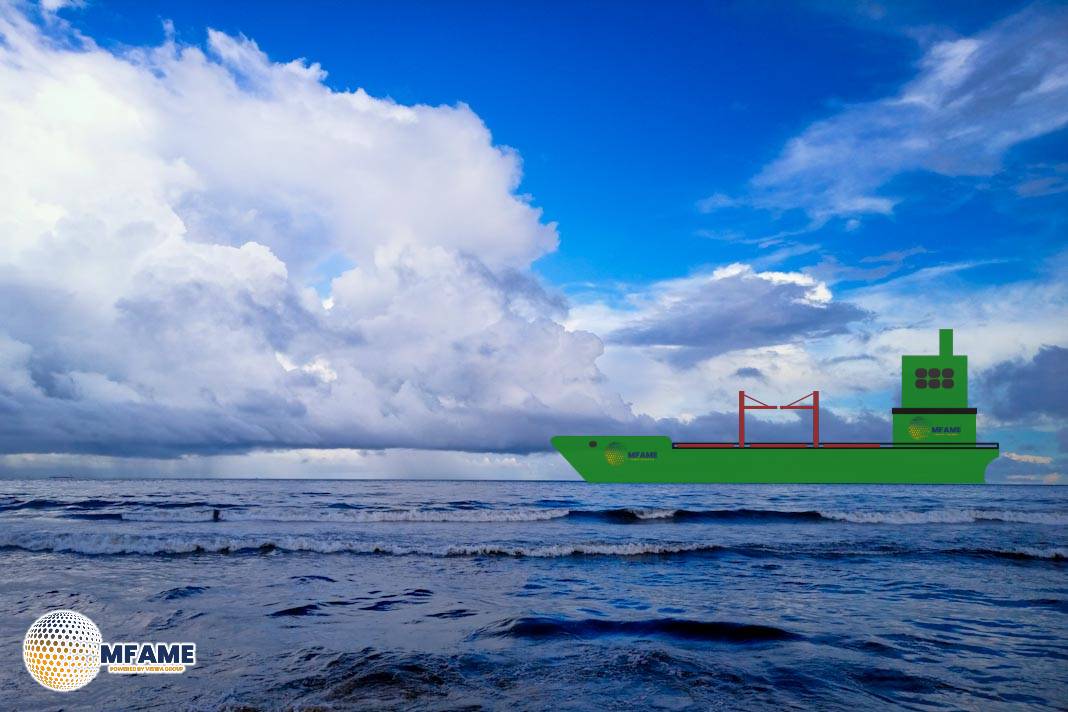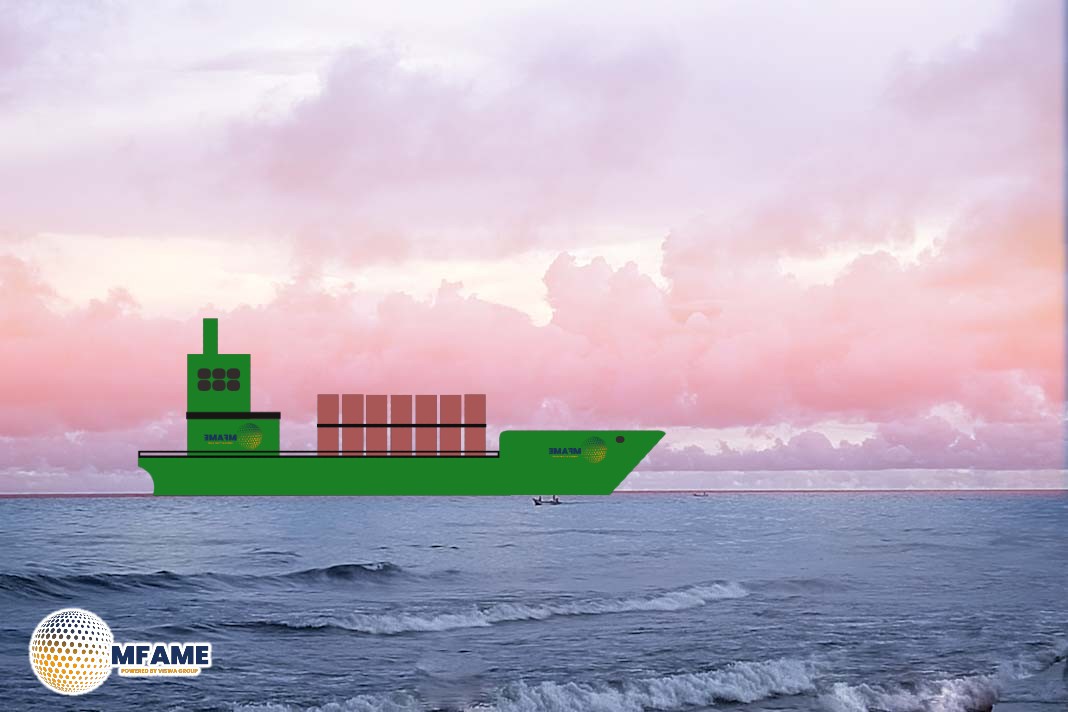- NOAA Finds Civilian Car in WWII Carrier Deep Below Pacific.
- Ford Super Deluxe ‘Woody’ Found Aboard Sunken USS Yorktown.
- Rare Car Unearthed in WWII Shipwreck During NOAA Dive.
A recent dive into the depths by NOAA uncovered a stunning and surprising discovery—a complete vintage vehicle found within the sunken WWII aircraft carrier USS Yorktown, a major World War II vessel, reports Marine Insight.
The Discovery: A civilian vehicle lying deep in the sea
NOAA Ocean Exploration’s remotely operated vehicle (ROV) broke into the Yorktown’s hangar deck through the number three aircraft elevator shaft on April 19, 2025. What it observed startled scientists: a very well-preserved vehicle, still upright and intact, with flared fenders, chrome trim, and a shredded soft top—obviously not military standard issue.
The vehicle is thought to be a 1940–41 Ford Super Deluxe “Woody,” a civilian car that has wooden side panels and a high-gloss appearance. A front license plate partially says “SHIP SERVICE,” though the lower section has been consumed by corrosion.
A Rare Sight in an Unlikely Place
The USS Yorktown’s wreckage rests more than three miles beneath the water, approximately 1,300 miles northwest of Honolulu in Papahānaumokuākea Marine National Monument. While the wreck was discovered in 1998, this is the first time that cameras have ventured into the ship’s interior in this level of detail.
The existence of a civilian automobile, particularly one of high quality, in an area as precious as a hangar deck is a puzzle. Although military jeeps were commonly shipped on carriers, this car’s design and finish are noticeably different.
Probable Origins: A Staff Car or Cargo in Transit?
There is speculation that the car was originally used for its intended purpose. Others believe it might have been owned by Rear Admiral Frank Fletcher, who commanded the Yorktown as his flagship. The highly polished look of the vehicle and chrome trim suggest it might have been his personal staff car.
Others suggest the vehicle could have been aboard for maintenance following the Battle of the Coral Sea, or was destined for offloading at Midway Atoll after a planned Japanese forces victory.
A Moment of Awe for Researchers
The sighting occurred when NOAA was conducting its 28-day expedition on the Okeanos Explorer, which is dedicated to studying deep-sea environments and ancient shipwrecks. As the camera on the ROV snapped the photo of the car, stunned scientists were live-reacting when one shouted, “It’s a car. That’s a car,” as the entire picture came into perspective.
Public Call for Help in Identification
NOAA is now looking to the public and car historians for help in determining the specific make and use of the vehicle. If verified as a Ford Super Deluxe Woody, it would be an extremely rare specimen of such a vehicle in a wartime naval environment.
The USS Yorktown: A Floating Legend
Ordered in 1937, the USS Yorktown, affectionately known as The Fighting Lady, was key to early World War II Navy operations. The carrier was a key player during the Battle of the Coral Sea and was decisive at Midway, where its aircraft assisted in sinking the Japanese carrier Soryu.
Yorktown, being severely damaged at Midway, was left abandoned, to be later reboarded for salvage. She was attacked yet again by a Japanese submarine on June 6, 1942, and she sank the next day.
Conservation and Continuing Questions
The wreckage is in the Papahānaumokuākea Marine National Monument, one of the world’s largest marine sanctuaries. NOAA’s newly released interior video not only brings historical significance but also new questions, first and foremost: why was the automobile not extracted from futile salvage operations where planes and guns were tossed out?
As exploration progresses, the old car on board the USS Yorktown could provide some additional insights into both military logistics and personal accounts of one of the most dramatic naval battles in history.
Did you subscribe to our daily Newsletter?
It’s Free Click here to Subscribe!
Source: Marine Insight

















